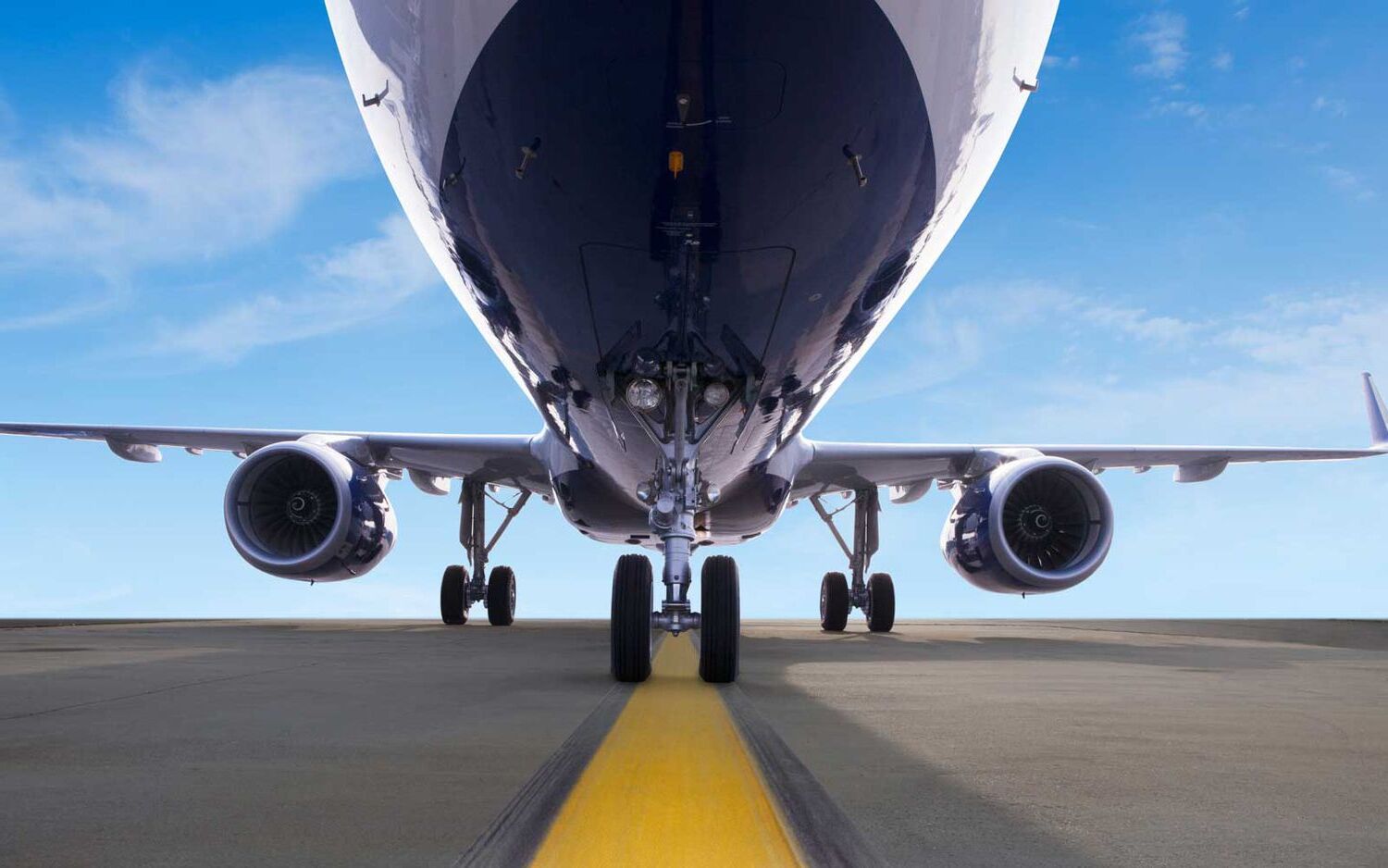
How do aviation environmental impact assessments help protect our planet? Aviation environmental impact assessments (EIAs) play a crucial role in safeguarding our environment. They evaluate the potential effects of aviation projects on air quality, noise levels, wildlife habitats, and local communities. By identifying these impacts early, EIAs enable stakeholders to implement mitigation measures, ensuring sustainable development. Moreover, these assessments promote transparency and public participation, fostering trust between aviation authorities and communities. Incorporating scientific data and expert analysis, EIAs guide decision-makers in balancing economic growth with environmental stewardship. Ultimately, aviation EIAs are essential tools for minimizing ecological footprints and promoting a greener future for everyone.
Key Takeaways:
- Aviation Environmental Impact Assessments are required by law and cover air quality, noise, and wildlife. They involve public input and propose measures to reduce negative impacts, including addressing climate change.
- Technology, such as remote sensing and modeling software, enhances the accuracy of Aviation Environmental Impact Assessments. However, challenges include data limitations and varying regulations between countries.
Understanding Aviation Environmental Impact Assessments
Aviation Environmental Impact Assessments (EIAs) are crucial for understanding how aviation activities affect the environment. These assessments help in making informed decisions to minimize negative impacts. Here are some key facts about them.
-
Legal Requirement: Many countries mandate EIAs for new airport projects or significant expansions. This ensures that environmental considerations are integrated into planning and decision-making processes.
-
Comprehensive Scope: EIAs cover various environmental aspects, including air quality, noise pollution, water resources, and wildlife habitats. This holistic approach helps in identifying all potential impacts.
-
Public Involvement: Public participation is a critical component of EIAs. Communities affected by aviation projects can voice their concerns and contribute to the assessment process.
-
Mitigation Measures: EIAs propose mitigation measures to reduce adverse environmental impacts. These can include noise barriers, pollution control technologies, and habitat restoration efforts.
-
Climate Change Considerations: Modern EIAs often include assessments of greenhouse gas emissions and their contribution to climate change. This helps in developing strategies to reduce aviation's carbon footprint.
The Role of Technology in EIAs
Technology plays a significant role in enhancing the accuracy and efficiency of EIAs. Here are some ways technology is utilized.
-
Remote Sensing: Remote sensing technologies, such as satellites and drones, provide valuable data on land use, vegetation cover, and other environmental parameters. This data is crucial for accurate impact assessments.
-
Modeling Software: Advanced modeling software simulates the environmental impacts of aviation activities. These models help predict noise levels, air pollution dispersion, and other effects.
-
Geographic Information Systems (GIS): GIS tools are used to analyze spatial data and visualize environmental impacts. This helps in identifying sensitive areas and planning mitigation measures.
Challenges in Conducting EIAs
Despite their importance, EIAs face several challenges. Here are some of the common issues encountered.
-
Data Limitations: Accurate EIAs require comprehensive and reliable data. However, obtaining such data can be challenging, especially in remote or underdeveloped areas.
-
Regulatory Variations: Different countries have varying regulations and standards for EIAs. This can complicate the assessment process, especially for international aviation projects.
The Bigger Picture
Understanding aviation environmental impact assessments is crucial for a sustainable future. These assessments help identify the effects of aviation on the environment, from carbon emissions to noise pollution. By evaluating these impacts, we can develop strategies to mitigate them, ensuring a balance between air travel and environmental health.
Governments, organizations, and individuals all play a role in this process. Implementing greener technologies, improving fuel efficiency, and adopting better operational practices are just a few ways to reduce aviation's environmental footprint.
Staying informed and supporting policies that promote sustainability in aviation can make a significant difference. The more we know, the better equipped we are to advocate for changes that benefit both the industry and the planet.
Let's keep pushing for a future where air travel and environmental stewardship go hand in hand.
Frequently Asked Questions
Was this page helpful?
Our commitment to delivering trustworthy and engaging content is at the heart of what we do. Each fact on our site is contributed by real users like you, bringing a wealth of diverse insights and information. To ensure the highest standards of accuracy and reliability, our dedicated editors meticulously review each submission. This process guarantees that the facts we share are not only fascinating but also credible. Trust in our commitment to quality and authenticity as you explore and learn with us.


